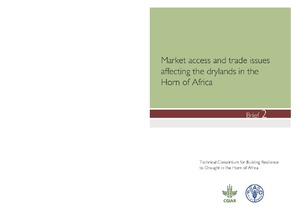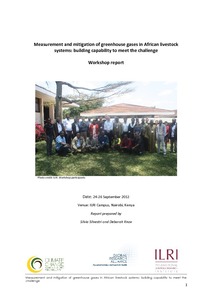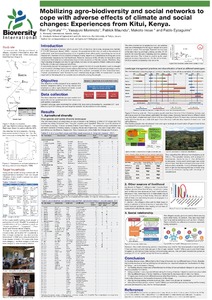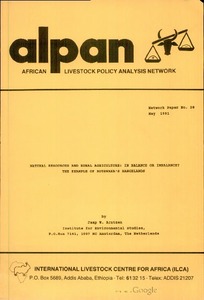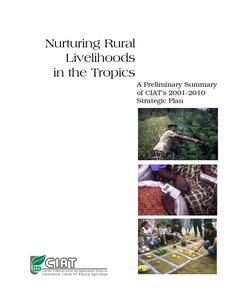Mapping gender preferences for tree and shrub forages
The book is structured to cover a range of gender issues in various forest, trees and agroforest management areas from tree species identification to landuse decision-making. Participatory research tools are featured such as ranking, mapping, modeling, participatory GIS; and other tools that can aid in looking at gender issues, roles and preferences primarily but not limited to agroforestry research and development.


